Towards Scientific Foundation Models and
How They Could Change ML In Survey Astronomy

2025 IDIES Annual Symposium
François Lanusse
CNRS Researcher @ AIM, CEA Paris-Saclay
Polymathic AI
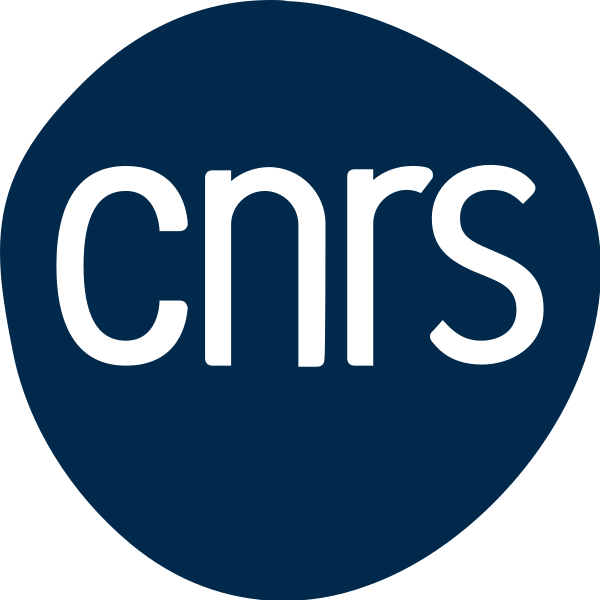
The Deep Learning Boom in Astrophysics

astro-ph abstracts mentioning Deep Learning, CNN, or Neural Networks
The vast majority of these results has relied on supervised learning and networks trained from scratch.

The Limits of Traditional Deep Learning
-
Limited Supervised Training Data
- Rare or novel objects have by definition few labeled examples
- In Simulation Based Inference (SBI), training a neural compression model requires many simulations
- Rare or novel objects have by definition few labeled examples
-
Limited Reusability
- Existing models are trained supervised on a specific task, and specific data.


=> Limits in practice the ease of using deep learning for analysis and discovery

Meanwhile, in Computer Science...

The Rise of The Foundation Model Paradigm
-
Foundation Model approach
-
Pretrain models on pretext tasks, without supervision, on very large scale datasets.
- Adapt pretrained models to downstream tasks.
-
Pretrain models on pretext tasks, without supervision, on very large scale datasets.



The Advantage of Scale of Data and Compute


Can we translate these innovations into a paradigm shift in machine learning for scientific applications?


Polymathic
Advancing Science through Multi‑Disciplinary AI
Why a Dedicated Effort?






Transposing these methodologies to scientific data and problems brings
unique challenges
-
Scientific Data is Complex and Diverse
- Impacts data collection
- Requires dedicated architectures
- Adoption by Scientists Requires Strategies for Rigorous Adaptation to Downstream Use Cases.
Data
Challenge
The Challenges of Scientific Data
- Success of recent foundation models is driven by large corpora of uniform data (e.g LAION 5B).
- Scientific data comes with many additional challenges:
- Metadata matters
- Wide variety of measurements/observations
- Accessing and formatting data requires very specific expertise

Credit: Melchior et al. 2021


Credit:DESI collaboration/DESI Legacy Imaging Surveys/LBNL/DOE & KPNO/CTIO/NOIRLab/NSF/AURA/unWISE


The Multimodal Universe
Enabling Large-Scale Machine Learning with 100TBs of Astronomical Scientific Data
Collaborative project with about 30 contributors
Presented at NeurIPS 2024 Datasets & Benchmark track




The MultiModal Universe Project
- Goal: Assemble the first large-scale multimodal dataset for machine learning in astrophysics.
-
Strategy:
- Engage with a broad community of AI+Astro experts.
- Target large astronomical surveys, varied types of instruments, many different astrophysics sub-fields.
- Adopt standardized conventions for storing and accessing data and metadata through mainstream tools (e.g. Hugging Face Datasets).
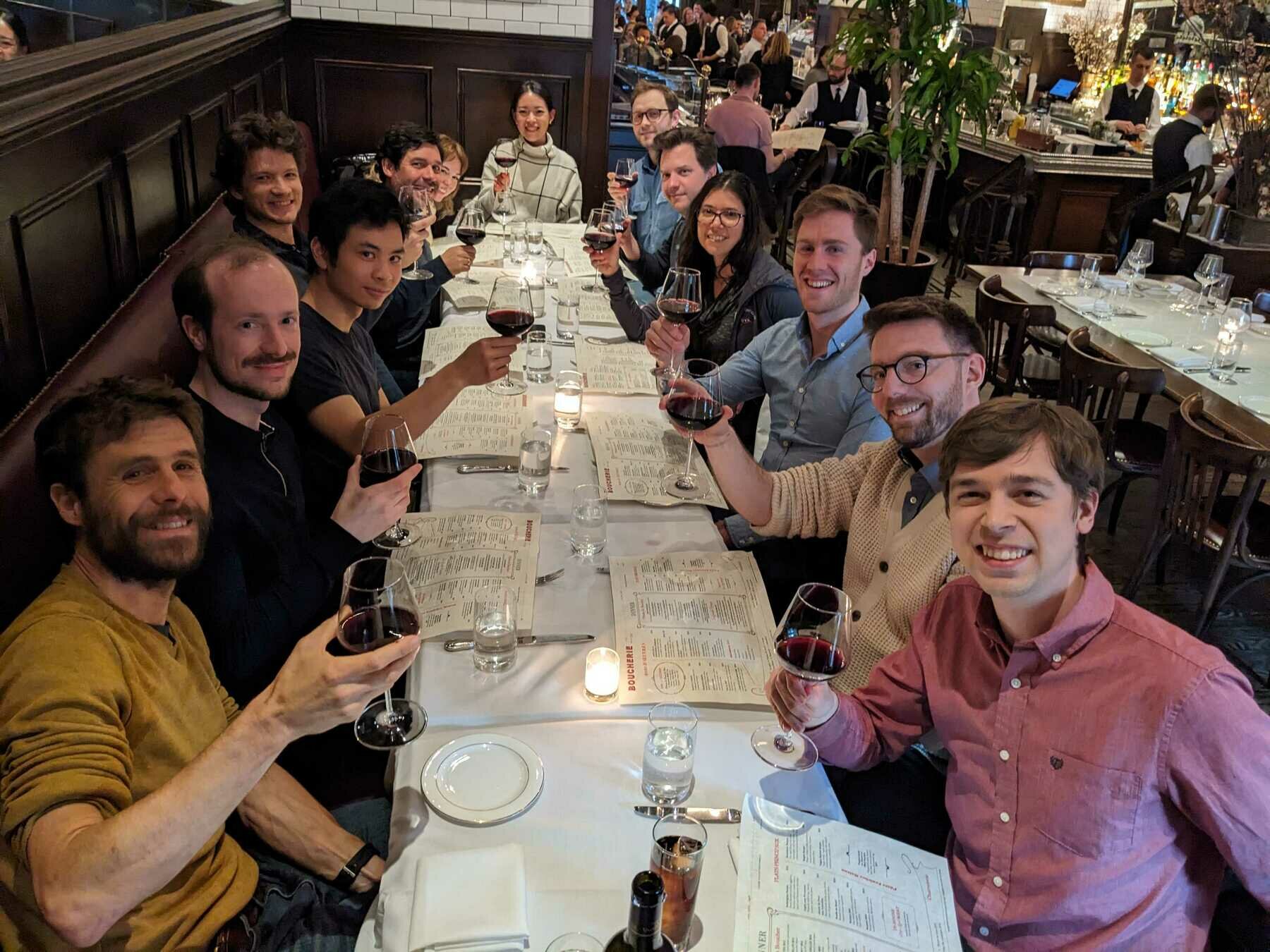





Ground-based imaging from Legacy Survey

Space-based imaging from JWST

MultiModal Universe Infrastructure




Presented at NeurIPS 2024 Datasets & Benchmark Track



The Well: a Large-Scale Collection of Diverse Physics Simulations for Machine Learning

- 55B tokens from 3M frames
=> First ImageNet scale dataset for fluids
-
18 subsets spanning problems in astro, bio, aerospace, chemistry, atmospheric science, and more.
- Simple self-documented HDF5 files, with pytorch readers provided.
Presented at NeurIPS 2024 Datasets & Benchmark Track



Polymathic in the top 5 AI4Science Orgs on HuggingFace


Architecture
Challenge
The Universal Neural Architecture Challenge
Most General
Most Specific
Single model capable of processing all types of data



Independent models for all types of data
The Universal Neural Architecture Challenge
Most General
Most Specific
Independent models for all types of data
Single model capable of processing all types of data



Bytes Are All You Need (Horton et al. 2023)

The Universal Neural Architecture Challenge
Most General
Most Specific
Independent models for all types of data
Single model capable of processing all types of data

Bytes Are All You Need (Horton et al. 2023)


AstroCLIP (Parker et al. 2024)

AstroCLIP

The Universal Neural Architecture Challenge
Most General
Most Specific
Independent models for all types of data
Single model capable of processing all types of data

Bytes Are All You Need (Horton et al. 2023)
Early Fusion Multimodal Models

AstroCLIP (Parker et al. 2024)



Early-Fusion Multimodal Models
Flamingo: a Visual Language Model for Few-Shot Learning (Alayrac et al. 2022)


Chameleon: Mixed-Modal Early-Fusion Foundation Models (Chameleon team, 2024)

AION-1
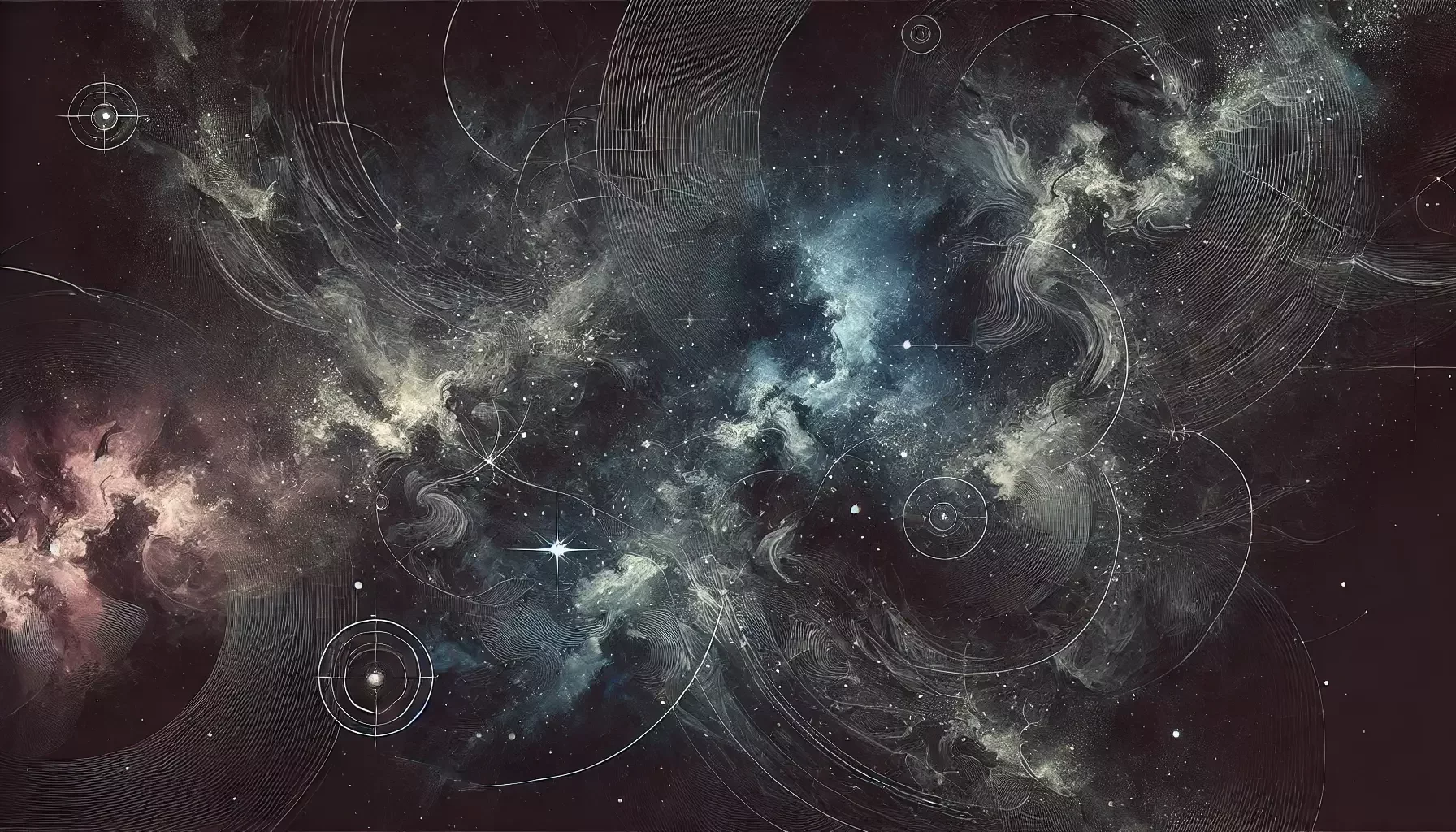


Omnimodal Foundation Model for
Astronomical Surveys
Accepted at NeurIPS 2025, spotlight presentation at NeurIPS 2025 AI4Science Workshop






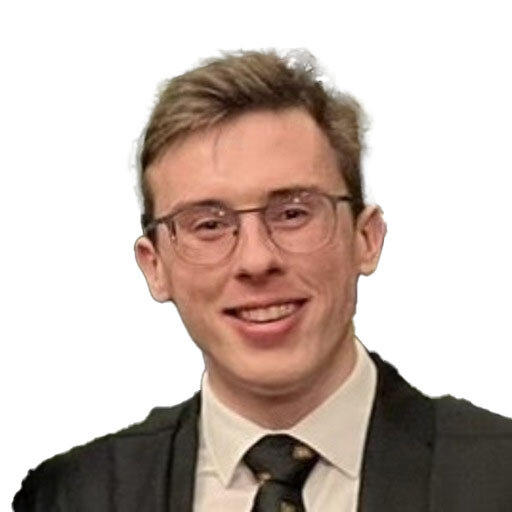


Project led by:
Francois
Lanusse
Liam
Parker
Jeff
Shen
Tom
Hehir
Ollie
Liu
Lucas
Meyer
Sebastian Wagner-Carena
Helen
Qu
Micah
Bowles
Diverse data modalities for diverse science cases


(Blanco Telescope and Dark Energy Camera.
Credit: Reidar Hahn/Fermi National Accelerator Laboratory)
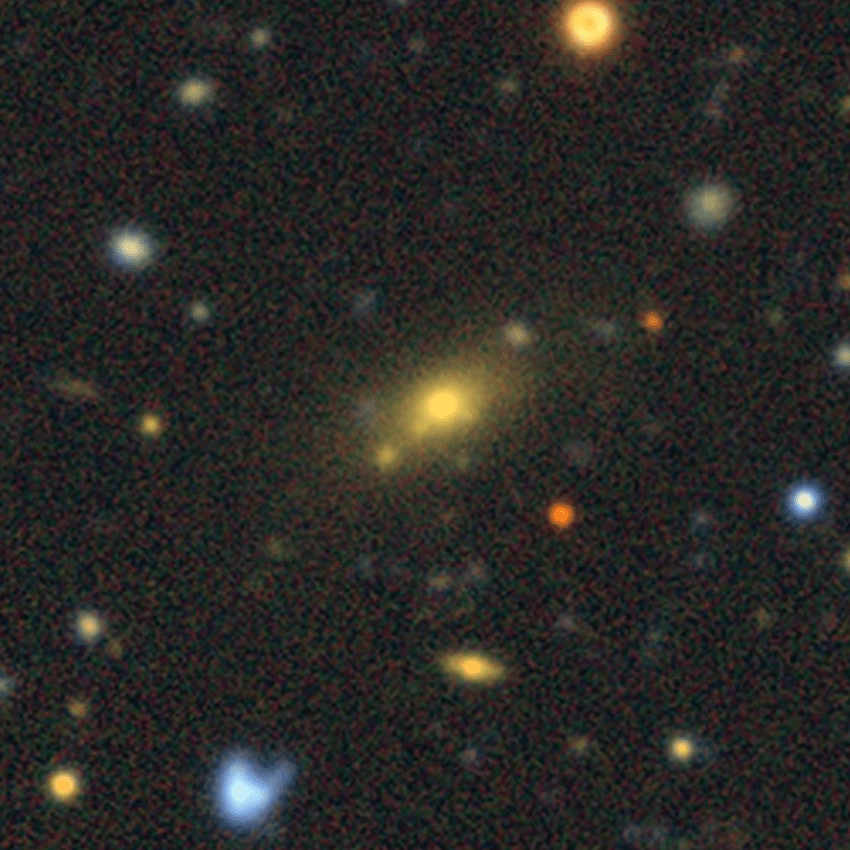


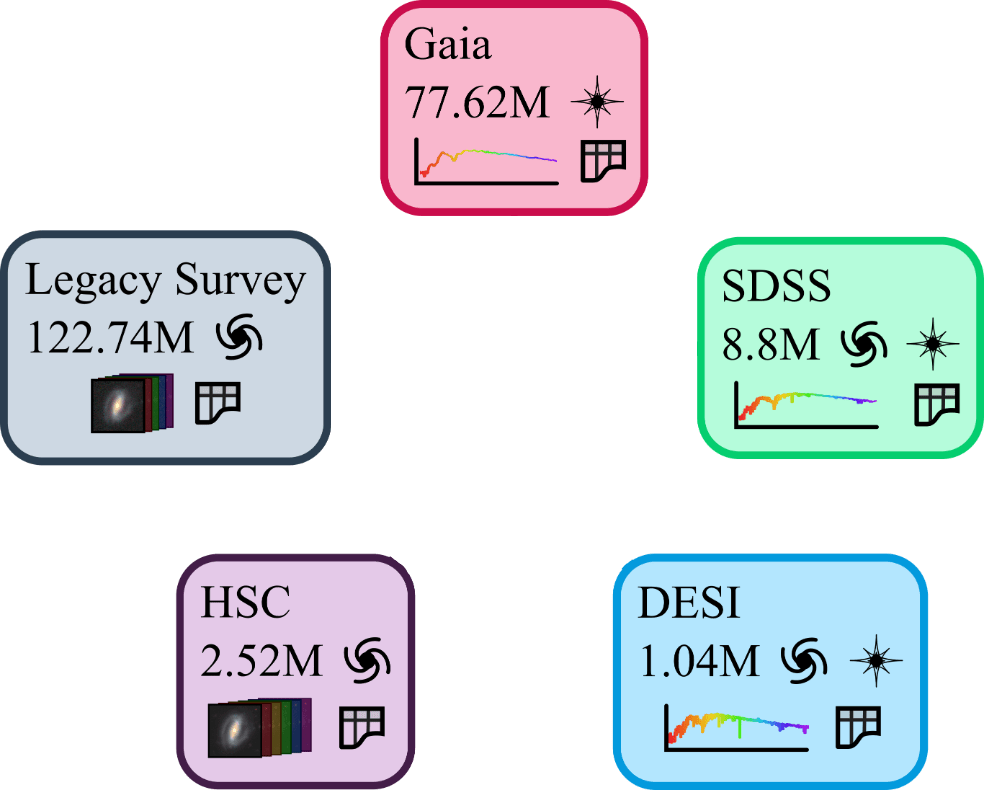
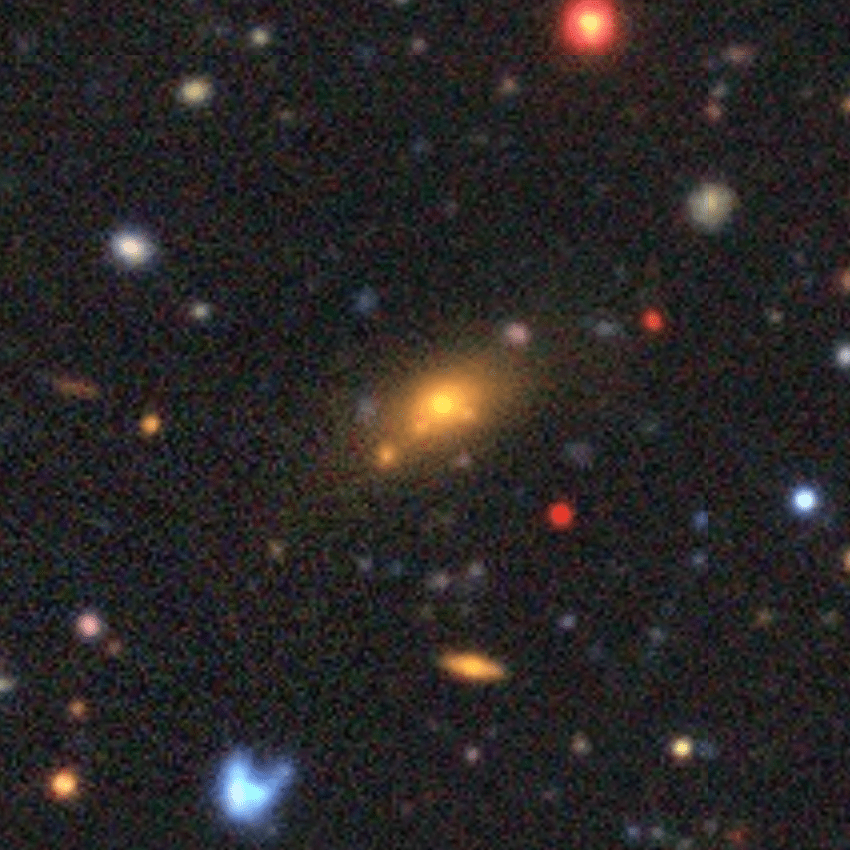

(Subaru Telescope and Hyper Suprime Cam. Credit: NAOJ)




(Dark Energy Spectroscopic Instrument)



(Sloan Digital Sky Survey. Credit: SDSS)


(Gaia Satellite. Credit: ESA/ATG)
- Galaxy formation
- Cosmology
- Stellar physics
- Galaxy archaeology
- ...
Standardizing all modalities through tokenization

- For each modality class (e.g. image, spectrum) we build dedicated metadata-aware tokenizers
- For Aion-1, we integrate 39 different modalities (different instruments, different measurements, etc.)




Universal Spectral Tokenizer
Accepted at NeurIPS 2025 Machine Learning for Physical Sciences Workshop


Jeff Shen

Any-to-Any Modeling with Generative Masked Modeling
- Training is done by pairing observations of the same objects from different instruments.
- Each input token is tagged with a modality embedding that specifies provenance metadata.
- Model is trained by cross-modal generative masked modeling (Mizrahi et al. 2023)
=> Learns the joint and all conditional distributions of provided modalities:




AION-1 family of models


- Models trained as part of the 2024 Jean Zay Grand Challenge, following an extension to a new partition of 1400 H100s
- AION-1 Base: 300 M parameters
- 64 H100s - 1.5 days
- AION-1 Large: 800 M parameters
- 100 H100s - 2.5 days
- AION-1 XLarge: 3B parameters
- 288 H100s - 3.5 days




Technical details
(credit)
- Training based on pure torch Fully Sharded Data Parallel (FSDP) ZeRO Stage 2 for main models
- Stage 3 for 13B model


Example of out-of-the-box capabilities

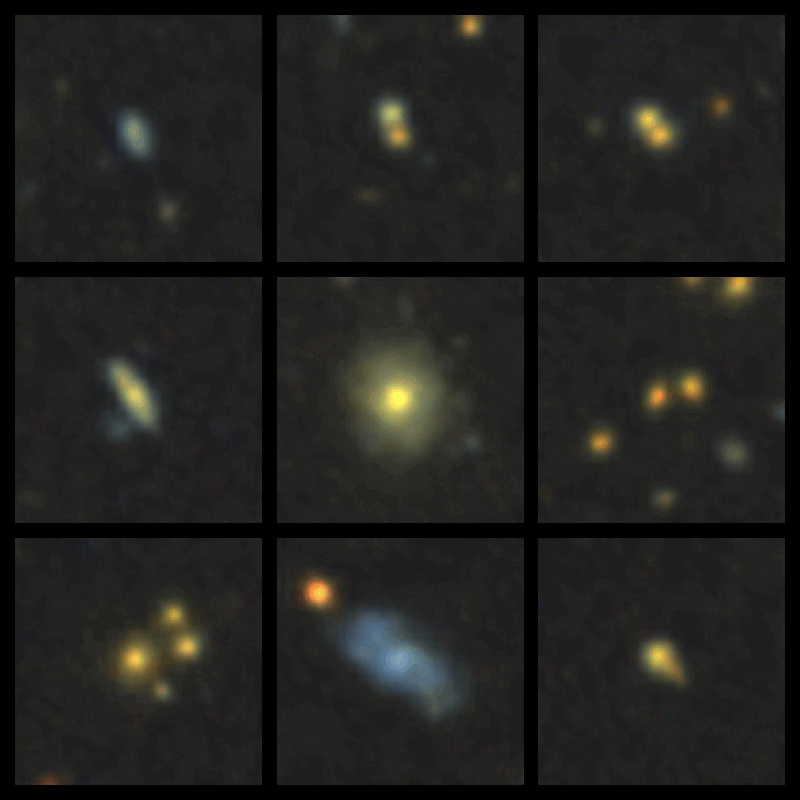
Survey translation
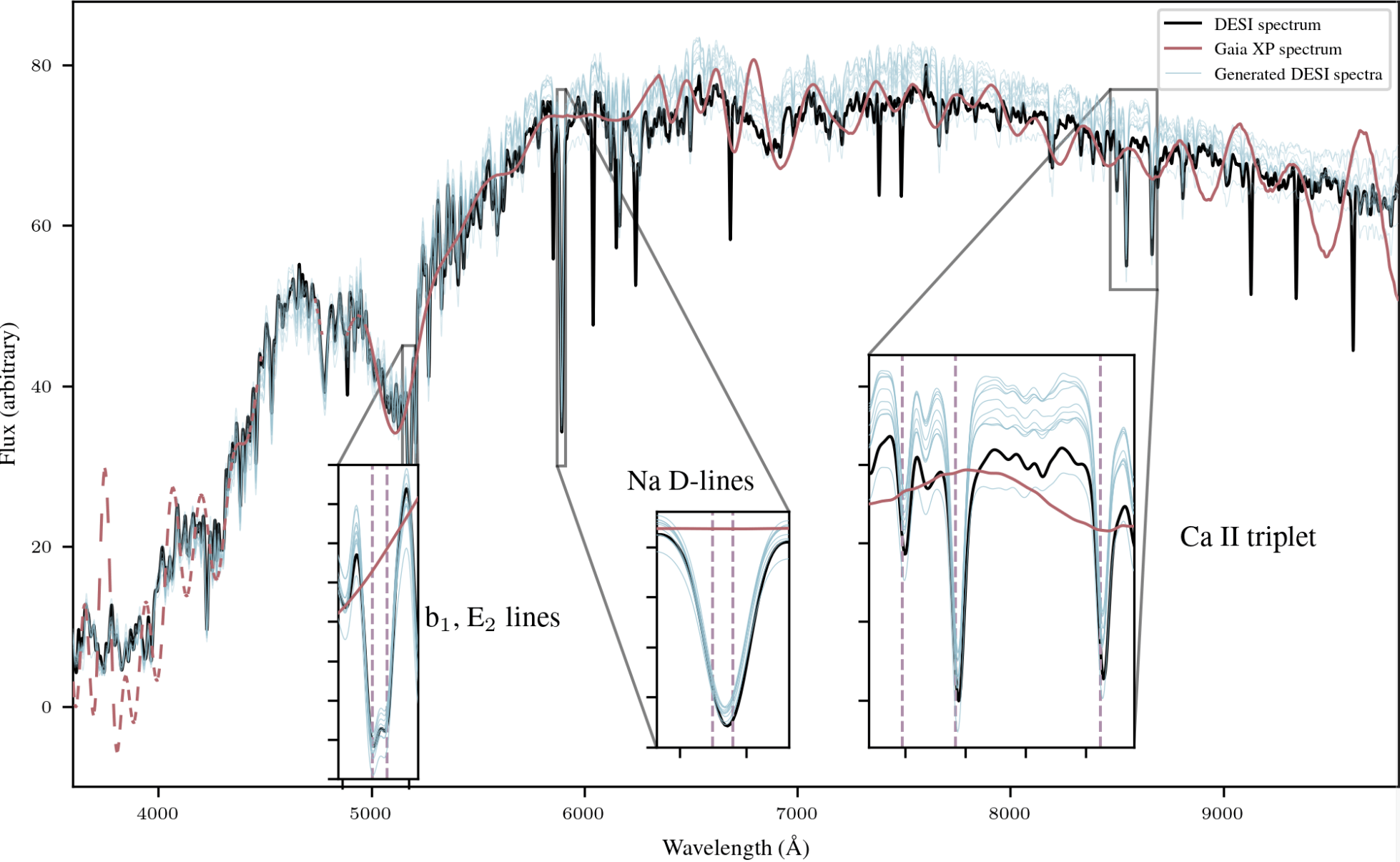
Spectrum super-resolution







Example of emergent multimodal understanding
- Direct association between DESI and HSC was excluded during pretraining
=> This task is out of distribution!


Accelerating Downstream Science
Rethinking the way we use Deep Learning
Conventional scientific workflow with deep learning
- Build a large training set of realistic data
- Design a neural network architecture for your data
- Deal with data preprocessing/normalization issues
- Train your network on some GPUs for a day or so
- Apply your network to your problem
-
Throw the network away...
=> Because it's completely specific to your data, and to the one task it's trained for.

Conventional researchers @ CMU
Circa 2016
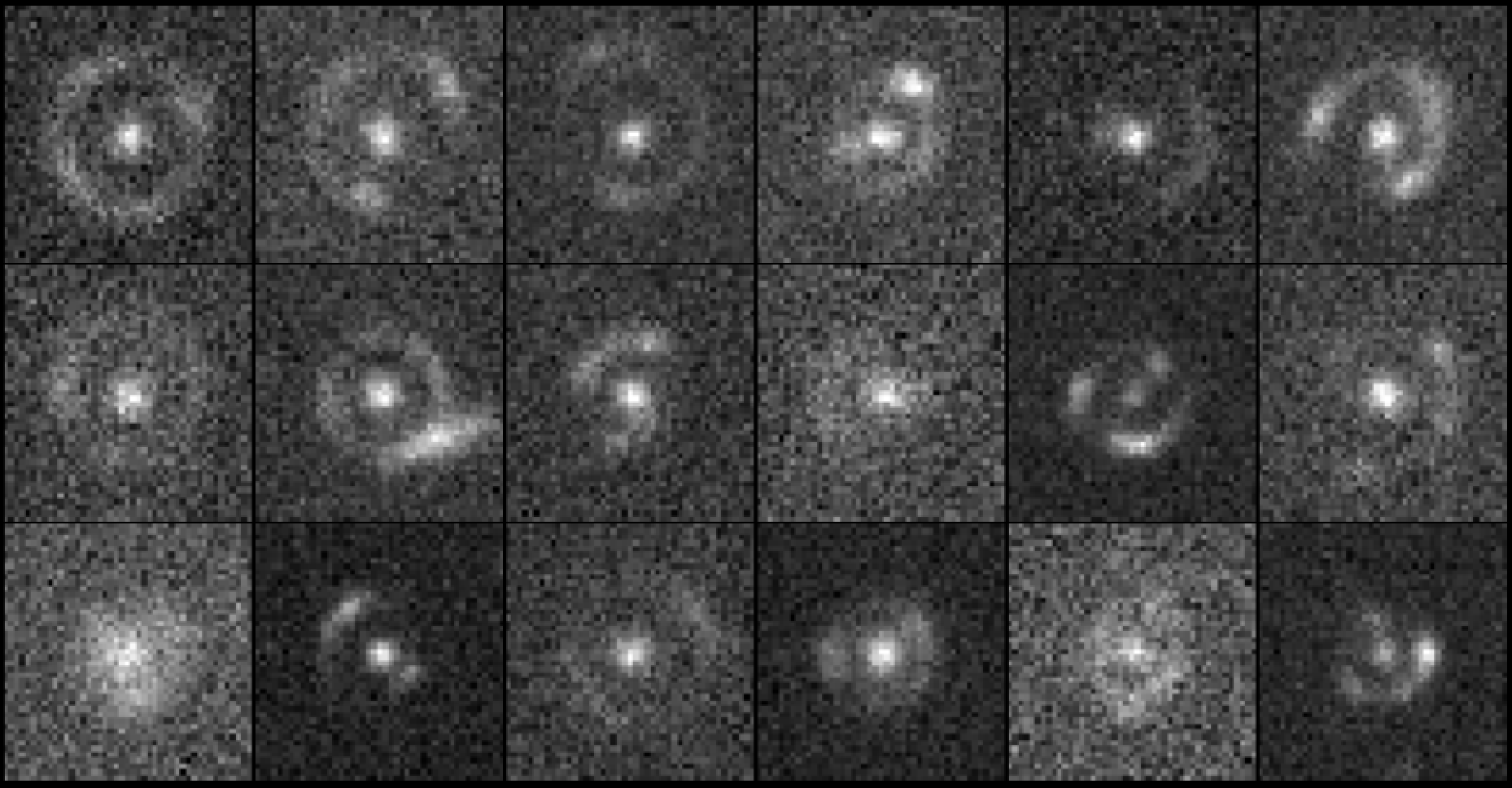


CMU DeepLens (Lanusse et al 2017)

Rethinking the way we use Deep Learning
Foundation Model-based Scientific Workflow
- Build a small training set of realistic data
- Design a neural network architecture for your data
- Deal with data preprocessing/normalization issues
- Adapt a model in a matter of minutes
- Apply your model to your problem
- Throw the network away...
=> Because it's completely specific to your data, and to the one task it's trained for.
Already taken care of
=> Let's discuss embedding-based adaptation

Adaptation of AION-1 embeddings



Adaptation at low cost
with simple strategies:
- Mean pooling + linear probing
- Attentive pooling

- Can be used trivially on any input data
- Flexible to varying number/types of inputs
=> Allows for trivial data fusion
x_train = Tokenize(hsc_images, modality='HSC')
model = FineTunedModel(base='Aion-B',
adaptation='AttentivePooling')
model.fit(x_train, y_train)
y_test = model.predict(x_test)
Physical parameter estimation and data fusion for galaxies




Inputs:
measured fluxes
Inputs:
measured fluxes + image

Morphology classification by Linear Probing





Trained on ->
Eval on ->

DiNOv2
Physical parameter estimation for stars


Semantic segmentation


Segmenting central bar and spiral arms in galaxy images based on Galaxy Zoo 3D
Example-based retrieval



nDCG@10 score
AION-Search: Natural Language Semantic Retrieval

Spotlight at 2025 NeurIPS AI4Science Workshop

Nolan Koblischke

nDCG@10 score
Why are such Foundation Models useful for Scientists?
-
Never have to retrain my own neural networks from scratch
- Existing pre-trained models would already be near optimal, no matter the task at hand
-
Saves a lot of time and energy
- Practical large scale Deep Learning even in very few example regime
-
Searching for very rare objects in large astronomical surveys becomes possible
-
Searching for very rare objects in large astronomical surveys becomes possible
- If the information is embedded in a space where it becomes linearly accessible, very simple analysis tools are enough for downstream analysis
- Embeddings can be included as part of the data processing of future surveys

Polymathic's recipe for developing Multimodal Scientific Models
Takeaways



Engagement with Scientific Communities
Data Curation And Aggregation
Dedicated ML R&D

Follow us online!
AION-1 papers will be on the ArXiv next week! and models available for download!
Thank you for listening!
Towards Scientific Foundation Models and How They Could Change ML In Survey Astronomy
By eiffl
Towards Scientific Foundation Models and How They Could Change ML In Survey Astronomy
Talk at the 2025 IDIES Annual Symposium at Johns Hopkins University
- 172









